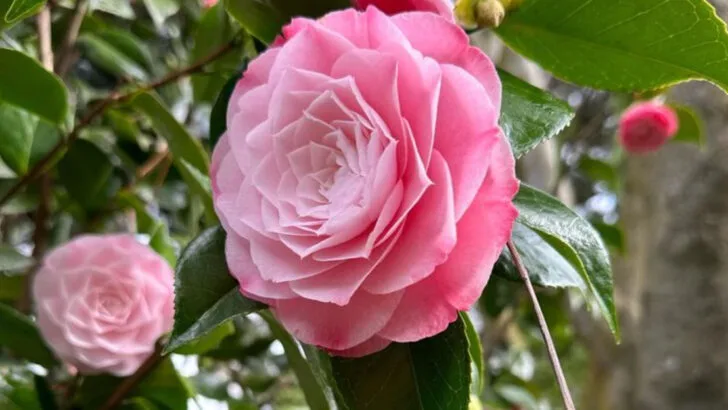Just when your garden starts looking a little tired and everything seems to stop blooming, these plants step up. Late-season color doesn’t have to be a fantasy—there are plenty of gorgeous, reliable options that keep going even when others fade. If you’ve ever looked outside in late summer or fall and thought, “Well, that’s it,” think again.
These 15 stunning plants are the secret to a garden that stays vibrant long after the peak bloom season has passed. Whether it’s through bold foliage, rich berries, or long-lasting blooms, they know how to steal the spotlight. Even when everything else seems to be taking a break, these beauties are still thriving, adding pops of color that turn heads and lift moods. Some are even tough enough to push through unexpected weather changes, proving that you don’t need perfect conditions for a perfect garden.
If you’re someone who craves consistent beauty in your outdoor space, or just wants something to admire after the main floral show has wrapped, this list is for you. These are the no-quit, never-boring, always-stylish plants that give your garden that “wow” factor—even when nothing else wants to play along.
Hellebores

Often referred to as the ‘Christmas Rose’, hellebores bring a touch of enchantment to the winter garden. Their charming blooms emerge when most plants shy away from the cold, offering hues from deep purple to soft pink. In addition to their resilience, these perennials are known for their longevity, lasting several weeks and withstanding the harshest frosts. Gardeners adore them for their low maintenance and ability to thrive in shady spots. Incorporating hellebores into your garden ensures a captivating display, even in the chilliest months. These plants are a true testament to nature’s resilience.
Winter Jasmine
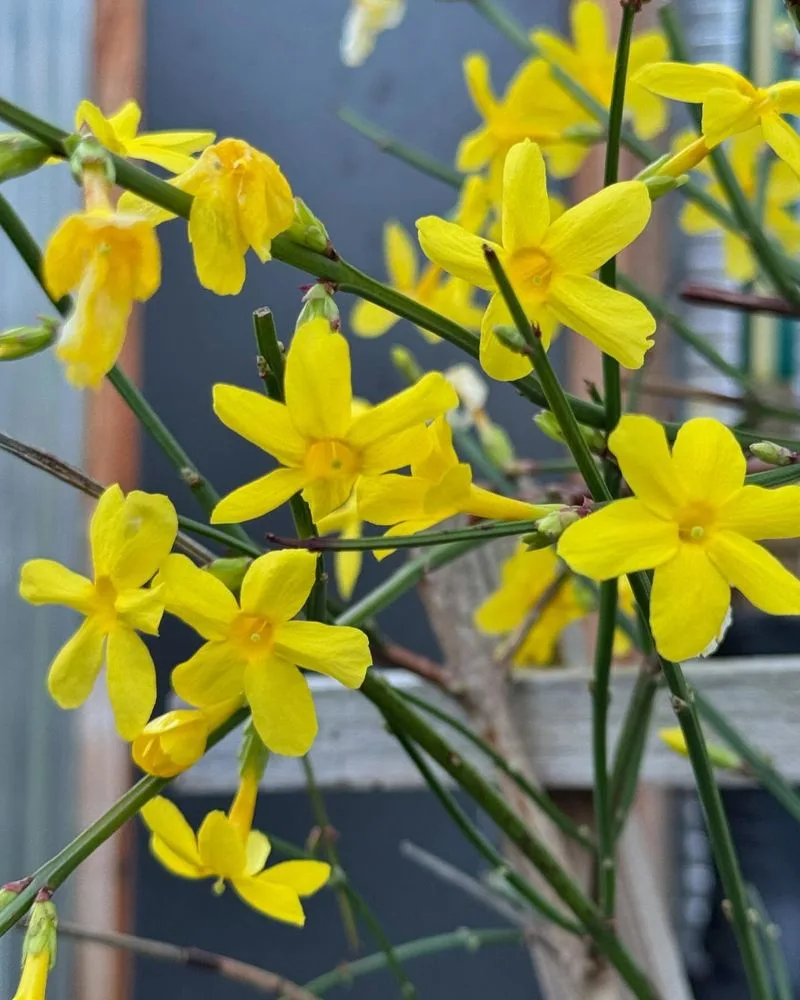
Winter jasmine is like a burst of sunshine on a cold, grey day. This deciduous shrub starts to flower in late winter, covering its slender, arching branches with bright yellow blooms. Unlike other jasmines, it doesn’t emit a strong fragrance, but its cheerful display more than compensates. Perfect for training over walls or fences, winter jasmine can transform a simple structure into a focal point of winter beauty. It’s hardy and versatile, thriving in a variety of soil conditions. For those seeking color amidst the frost, winter jasmine is a delightful addition.
Snowdrops
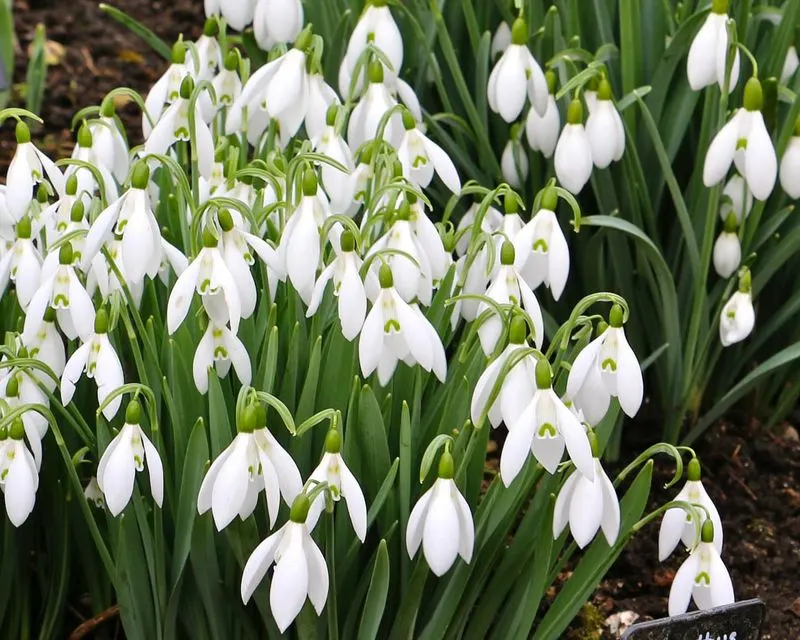
The delicate snowdrop is often the first sign of life’s return after the dreary days of winter. These small, white flowers, with their nodding heads, often push through the snow, a symbol of hope and renewal. Snowdrops thrive in well-drained soil and dappled shade, making them ideal for naturalizing under trees or in lawns. While they may appear fragile, these perennials are surprisingly hardy and reliable, often spreading to form dense, beautiful carpets of white. Their understated elegance adds a gentle charm to any winter garden setting.
Witch Hazel
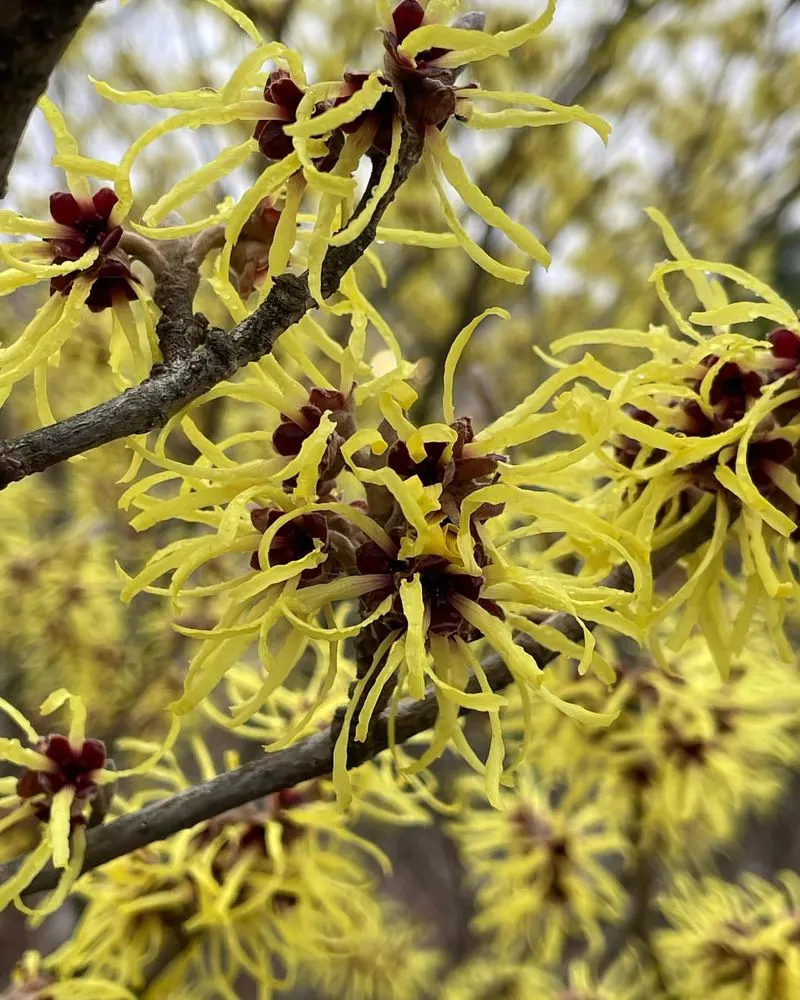
Witch hazel is a plant with a touch of mystery, known for its unique, spidery flowers that bloom in late winter to early spring. The vibrant yellows and oranges of its blossoms are a sight to behold, especially against the backdrop of bare branches. This deciduous shrub isn’t just ornamental; its bark has been used for medicinal purposes for centuries. Witch hazel is appreciated for its hardiness and ability to thrive in various conditions. Its curious blooms and historical significance make it a valuable addition to any garden seeking winter interest.
Camellias
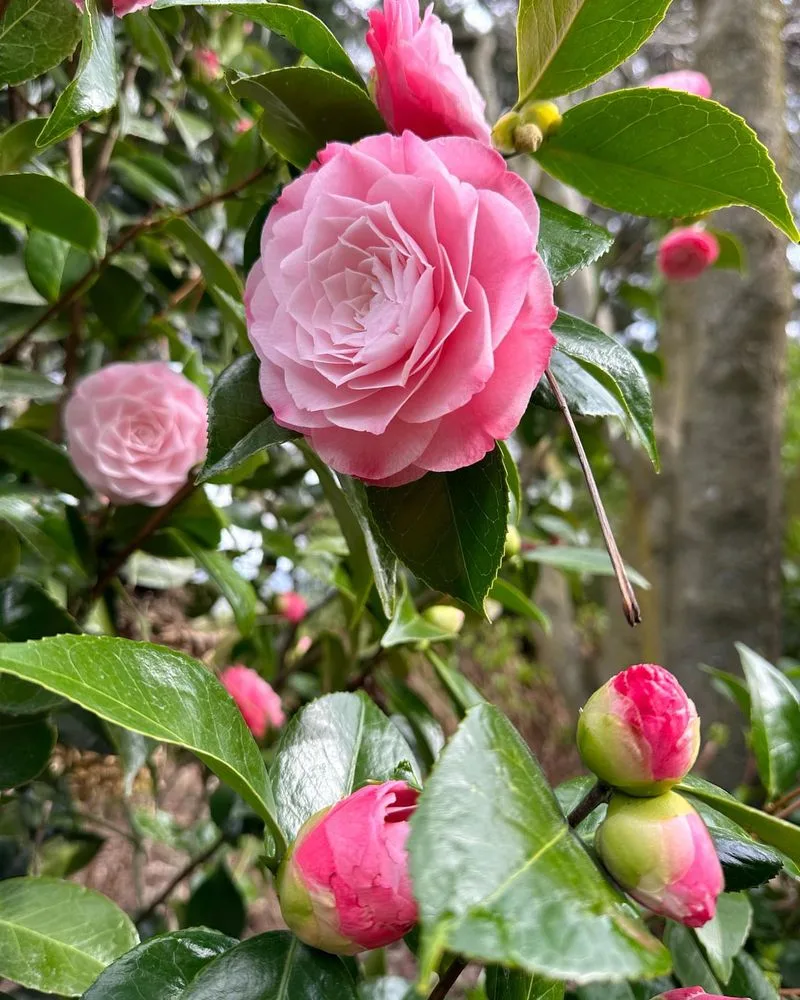
Camellias are the jewels of the winter garden, known for their glossy evergreen leaves and large, rose-like blooms. Originating from Asia, these plants have been cultivated for centuries, symbolizing love and devotion. Their flowers, ranging from red to pink to white, create a stunning contrast against the winter landscape. Camellias thrive in acidic, well-drained soil and prefer a sheltered spot away from harsh winds. As they bloom from fall to early spring, these graceful shrubs keep the garden lively when little else does, providing structure and beauty throughout the colder months.
Cyclamen
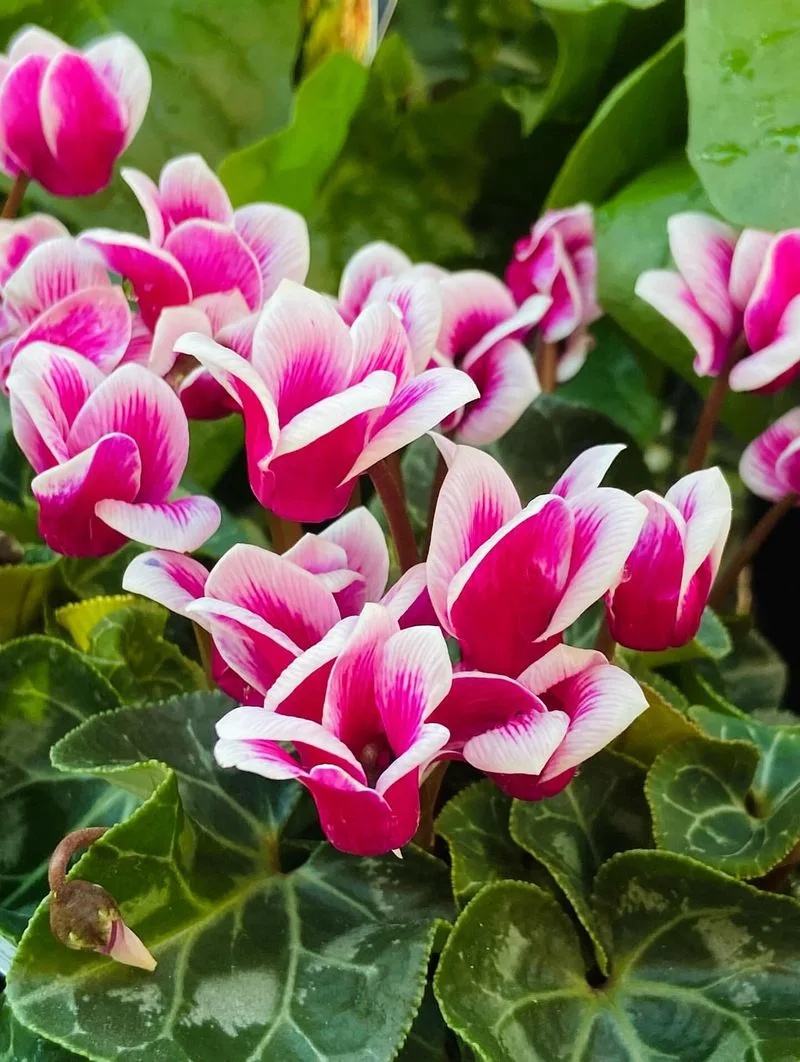
Cyclamen’s charm lies in its delicate petals that resemble butterflies taking flight. These tuberous perennials come alive in the cooler months, offering vibrant hues of pink, red, and white. Often found in woodlands and rocky outcrops, cyclamen thrive in shady, well-drained locations. Their pretty patterns and marbled foliage add depth to the garden bed. Cyclamen are perfect for naturalizing, bringing an understated elegance to any garden. They remind us that beauty often lies in the smallest details, transforming the garden into a serene and inviting place during colder seasons.
Heathers
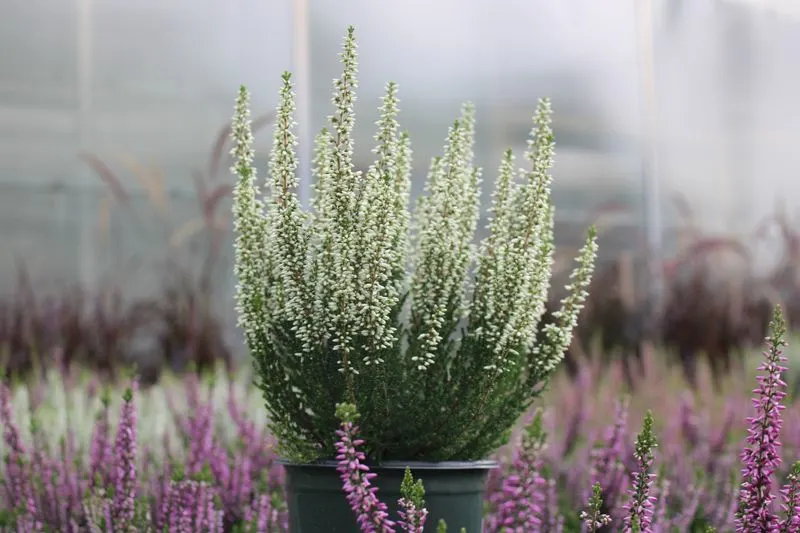
Heather is the quintessential plant for adding texture and color to the winter garden. These hardy evergreens flourish in acidic soil, producing spikes of tiny, bell-shaped flowers in shades of purple, pink, and white. Heathers are incredibly versatile, often used to create striking borders or as ground cover. Their ability to thrive in poor soil and resist the harsh winter conditions makes them invaluable for gardeners. Heathers provide continuous color, particularly in bleak months, showcasing nature’s artistry across moors and garden beds alike.
Mahonia
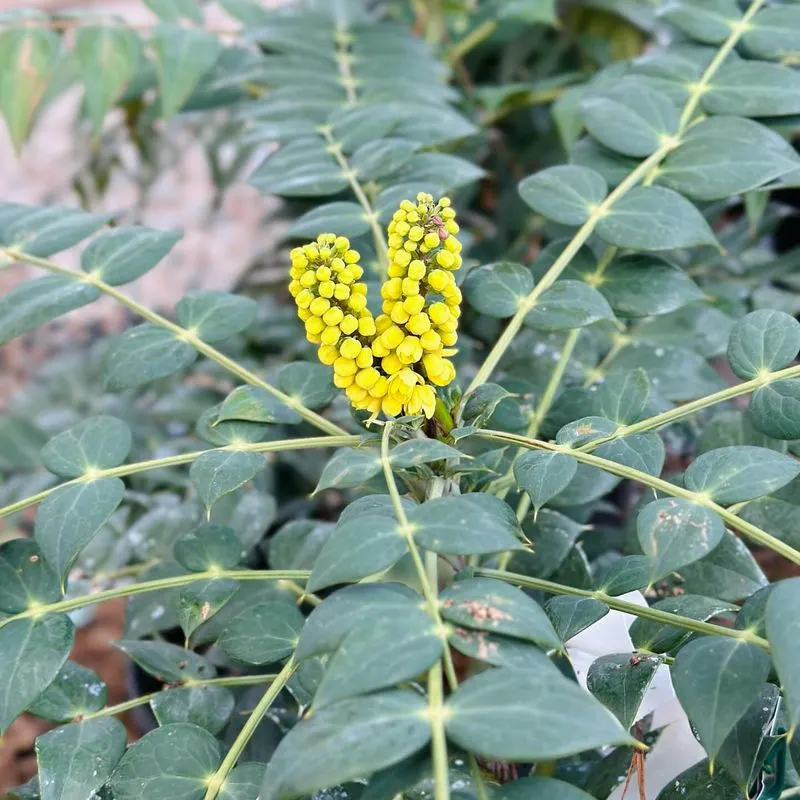
Mahonia stands out in the winter garden with its dramatic, spiky leaves and bright yellow flowers. Often likened to a burst of sunshine, these resilient shrubs produce clusters of fragrant blooms from late fall into winter. Not only are they visually striking, but they also attract pollinators when few other plants will. Mahonias are tough, low-maintenance plants that thrive in shaded areas, adding structure and interest to the garden bed. Their robust nature and bold appearance make them a favorite among gardeners who wish to maintain a vibrant landscape throughout the colder months.
Japanese Quince
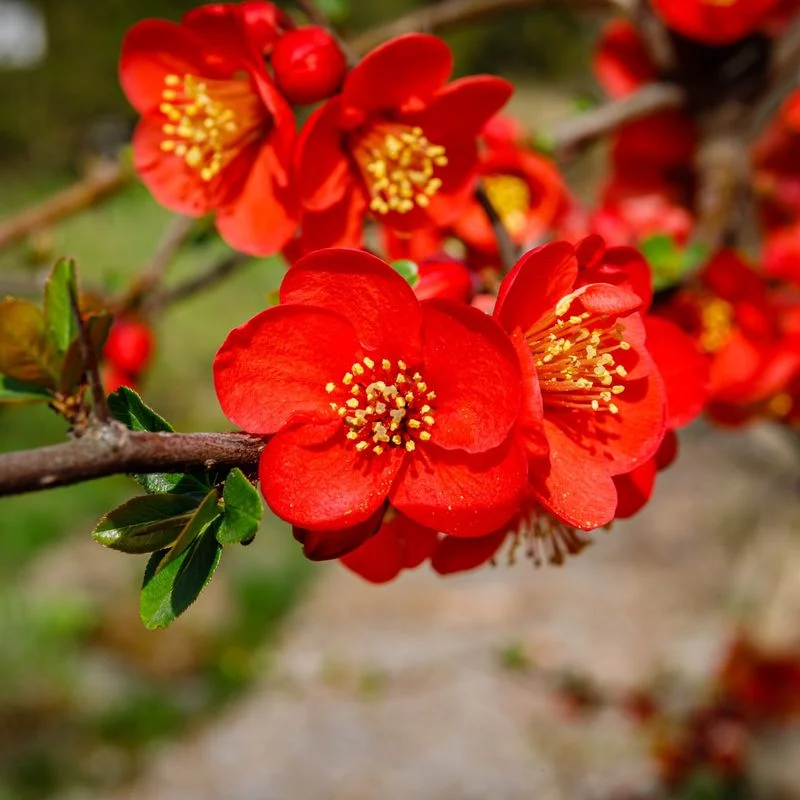
Japanese quince is a harbinger of spring, with its vivid coral blooms appearing on bare branches. These striking flowers emerge in late winter, often catching gardeners by surprise. Japanese quince is a hardy shrub, known for its resilience and adaptability to various conditions. Its flowers are followed by small fruits, which can be made into jellies and jams. Perfect for adding a splash of color, Japanese quince can be used as a hedge or trained against a wall. This plant brings both visual interest and practical benefits to any winter garden.
Cornelian Cherry
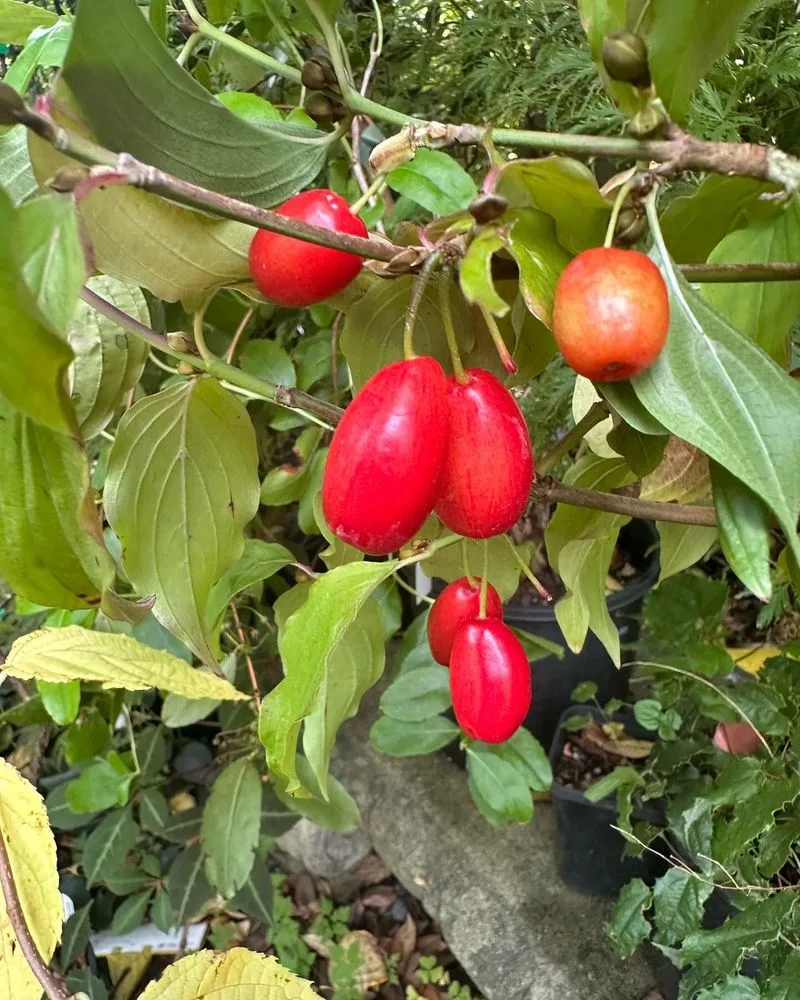
Cornelian cherry, with its clusters of small, bright yellow flowers, is a delight during the colder months. Blooming in late winter, this small tree or large shrub adds a splash of sunshine to the landscape. Its flowers give way to red, edible drupes in summer, offering both ornamental and culinary value. Cornelian cherry is hardy and adaptable, thriving in a range of soil conditions. It’s a wonderful choice for those looking to add a touch of elegance and utility to their garden, making even the dreariest winter day a bit brighter.
Bergenia
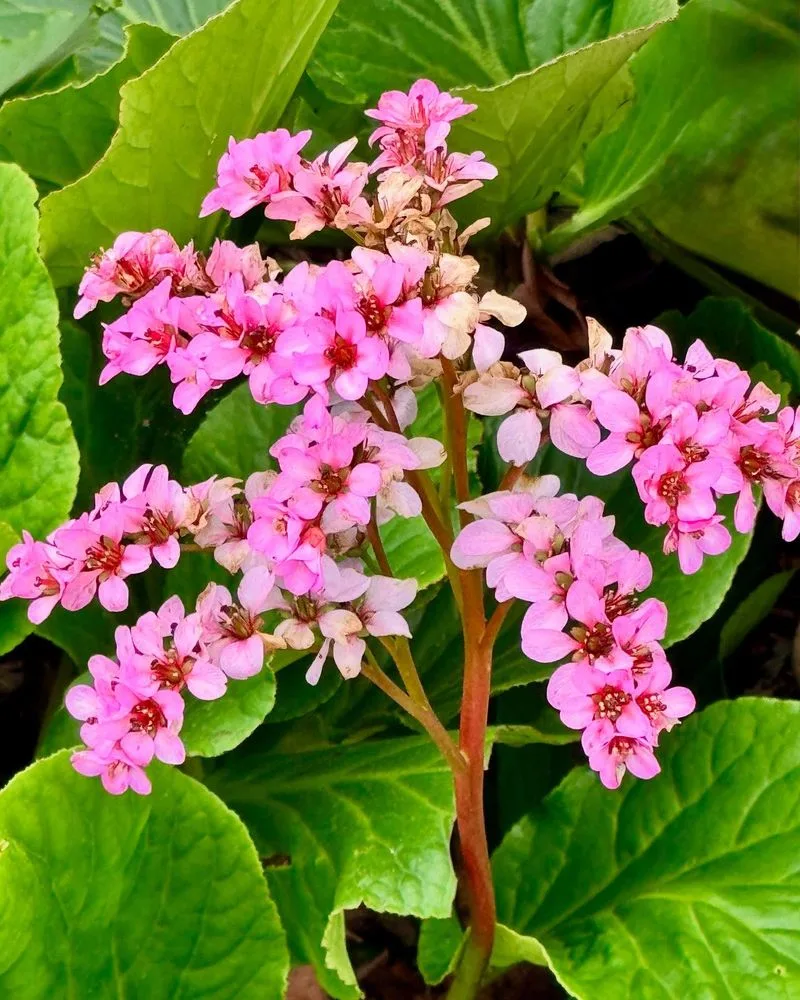
Bergenia, affectionately known as ‘elephant ears’, is prized for its large, leathery leaves and vibrant pink blooms. These robust perennials are perfect for adding color and texture to shaded areas of the garden. Their flowers appear in late winter to early spring, providing a much-needed splash of color. Bergenia’s foliage turns a reddish-bronze hue in the colder months, adding interest even when not in bloom. Hardy and low-maintenance, bergenias are ideal for filling gaps in the garden, ensuring a continuous display of nature’s artistry throughout the seasons.
Lenten Rose
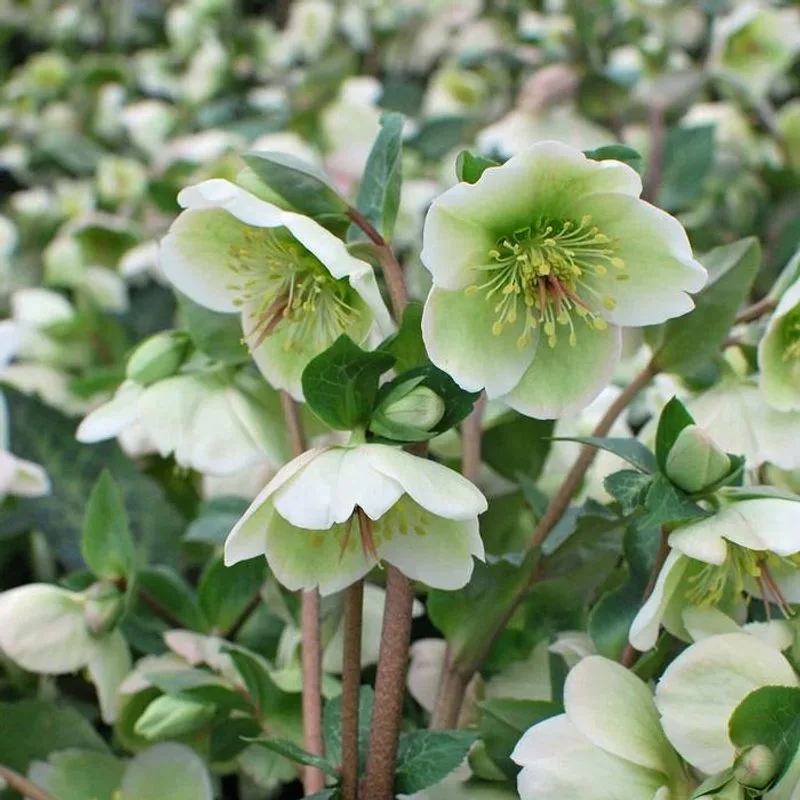
Lenten roses are a captivating presence in the winter garden, known for their nodding, pastel-hued flowers. These hardy perennials bloom from late winter into spring, offering colors ranging from soft pink to deep plum. Their leathery, evergreen foliage provides year-round interest, making them a staple in shady garden areas. Lenten roses are deer-resistant and low-maintenance, thriving in well-drained, rich soil. Their blooms have a timeless elegance, creating a peaceful and inviting atmosphere in the garden when few other plants are in bloom.
Winter Aconite
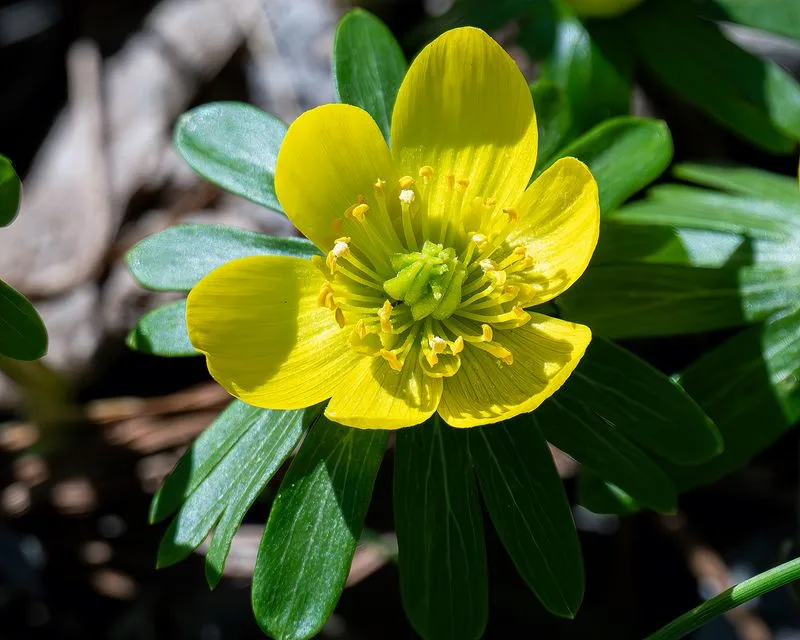
Winter aconite is a cheerful herald of spring, with its sunny yellow flowers appearing as early as January. These small, bulbous plants create a vibrant carpet across the garden floor, often pushing through snow and ice. Winter aconite thrives in well-draining soil and dappled shade, making it perfect for woodland gardens. Their appearance signals the end of winter’s gloom, providing an uplifting splash of color. Despite their delicate appearance, they are hardy and can naturalize over time, offering a reliable burst of joy when little else is blooming.
Daphne
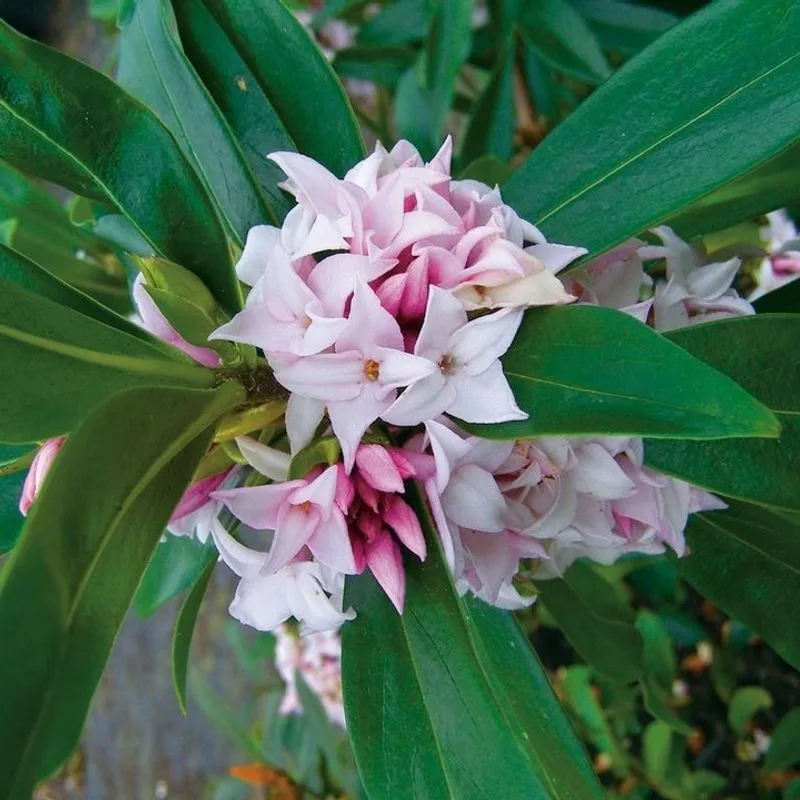
Daphne is cherished for its intoxicating fragrance and beautiful, pink flowers. Blooming in late winter to early spring, these shrubs offer a sensory delight when few other scents fill the air. Daphne’s evergreen foliage adds structure and elegance to the garden year-round. Although they can be finicky about their growing conditions, preferring well-drained, sheltered sites, the effort is well worth the reward. Their fragrance and delicate blooms make daphne a plant of choice for gardeners looking to engage the senses and maintain garden interest during the colder months.
Pansies
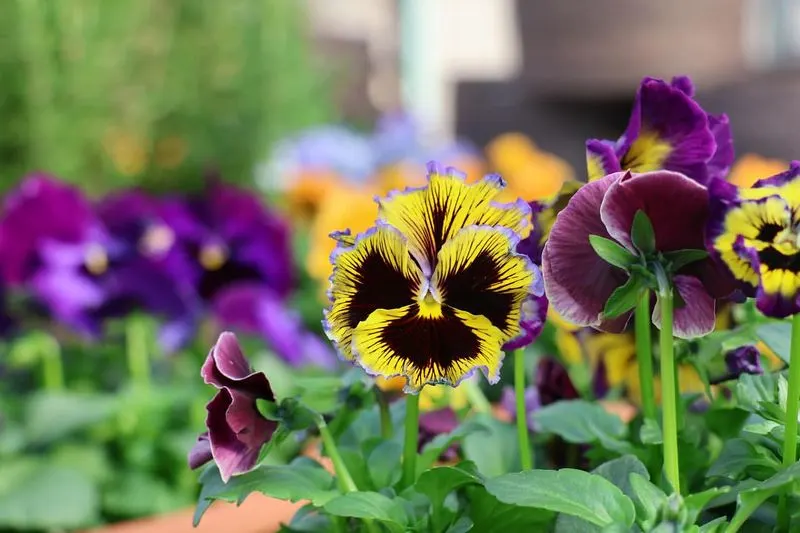
Pansies bring a cheerful note to the winter garden with their vibrant ‘faces’ in an array of colors. These hardy annuals bloom in cooler temperatures, offering hues from deep purples to bright yellows. Pansies are incredibly versatile, perfect for borders, containers, and window boxes. Their ability to withstand frost makes them a favorite for providing continuous color when other flowers have faded. Easy to grow and maintain, pansies offer a burst of joyful color, ensuring your garden remains lively and welcoming throughout the chilly season.

